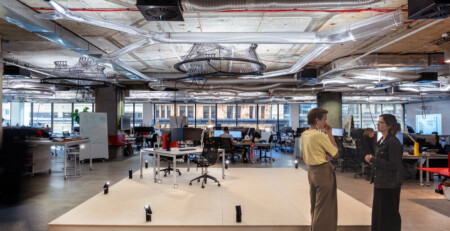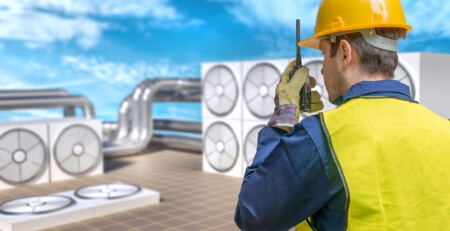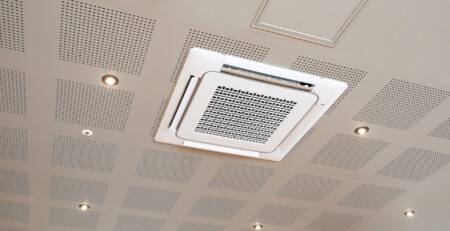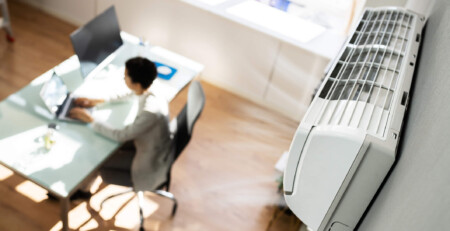The cost of achieving indoor air quality – can we afford it, or will we pay the price for ignoring it?
The Australian government is shining the spotlight on indoor air quality, pledging to make the issue a priority over the coming year. Its Clean Air Forum held in Canberra in March, saw a think tank of experts explore the profound impacts of clean indoor air on our health and productivity.
Some have described this focus of attention as a Woodstock moment that is too costly to ignore. Others argue it’s a case of overregulation that will cripple sectors that can least afford to adopt stricter building code standards.
Who is right? Let’s explore.
What is the Clean Air Forum?
Covid-19 and other airborne threats was the driving force behind a group of Government MPs bringing together a number of experts to share their expertise on the significance of maintaining clean indoor air to enhance productivity.
The forum heard from medical professionals, scientists, academics, researchers and leaders in architecture and engineering who discussed the importance of ventilation and building design to safeguard against the spread of airborne diseases.
Why all the fuss?
While the evidence is clear – air pollution impacts human health – the brains trust is divided on what it will take to improve indoor air quality.
The forum heard opening remarks from Australian Chief Health Officer Professor Paul Kelly and Victoria’s Chief Health Officer Professor Brett Sutton, who support the case for improving air quality to prevent the transmission of viruses.
But infectious disease physician, Dr Nick Coatsworth, disagreed. He took to Twitter to say evidence to substantiate changes to building codes in order to reduce transmissions of Covid-19 was “scant”. He added that sectors like aged care and schools would be forced to bear the crippling costs of the unjustifiable changes to indoor air standards.
What does all this mean for the HVAC industry
Adjunct Professor of Architecture at the University of Adelaide and forum speaker Professor Geoff Hanmer believes the vast majority of existing mechanically ventilated buildings that comply with Australian Standards will deliver good ventilation – but they must be maintained properly.
Proper and regular air conditioning maintenance is critical to ensuring a HVAC system functions efficiently and effectively to provide optimum indoor air quality.
Back to the question of what it will cost to achieve indoor air quality. Professor Hanmer estimates the cost of upgrading Australian schools to improve the indoor air quality is $10 billion. And the cost of upgrading aged care facilities would be $3 billion.
He argued it was “value for money. And a positive legacy for all Australians.”
A final word
As Angelini Pillai, CEO of the Association of Consulting Architects Australia, puts it: “Better air quality leads to healthy buildings; healthy buildings lead to healthy staff, which leads to improved wellbeing levels, which leads to happy staff; and with happy staff, productivity is a winner.”
Our Ausmech Air slogan puts it even simpler: Breathe Well, Feel Well.
We help clients address indoor air quality concerns in their commercial buildings. If you would like to learn more about the benefits of an air quality study, contact us.









